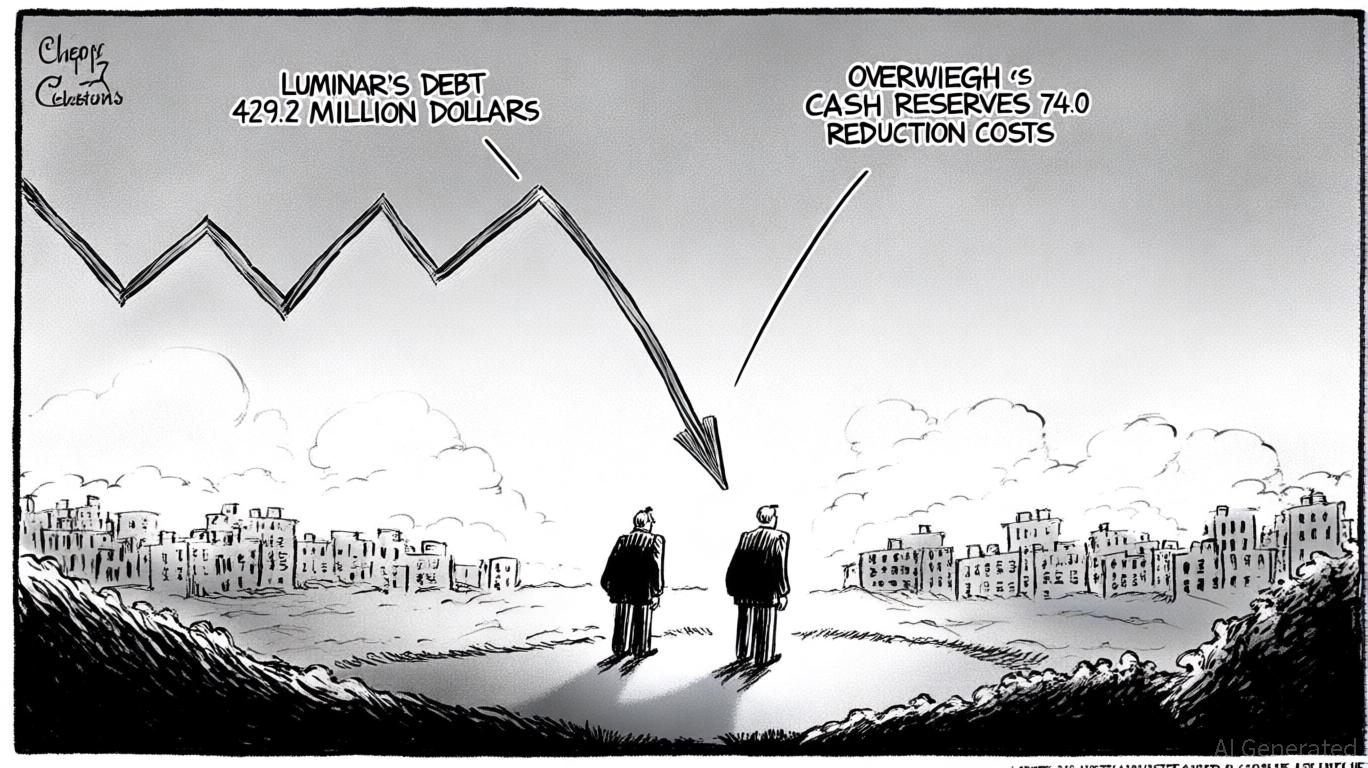AInvest Newsletter
Daily stocks & crypto headlines, free to your inbox
When senior executives sell shares of their own company, investors often interpret such actions as a signal of confidence—or lack thereof. In June 2025,
(CDNS) experienced a notable insider transaction involving Chin-Chi Teng, Senior Vice President of the company. Teng sold 8,892 shares in six tranches, reducing his holdings by 2.9%. However, the context of these sales—executed under a Rule 10b5-1 trading plan—casts a critical lens on how such activity should be evaluated in terms of market sentiment and investor confidence.Rule 10b5-1, established under the Securities and Exchange Commission (SEC), allows insiders to create pre-scheduled trading plans based on objective criteria, such as price thresholds or time intervals, to mitigate the appearance of insider trading. These plans are designed to address concerns that insider sales might be timed with non-public information. For Teng, the adoption of a Rule 10b5-1 plan on March 7, 2025, meant the June 17 transactions were not reactive to market conditions but part of a broader liquidity strategy.
This structured approach is crucial for investors to understand. While the sale of 4,015 shares might seem bearish at first glance, the pre-arranged nature of the trades reduces the likelihood of negative signaling. Teng retained over 136,000 shares post-transaction, maintaining a substantial stake in the company. This alignment with long-term shareholder interests is a key differentiator from opportunistic selling.
The market's reaction to Teng's sales was muted, reflecting the structured nature of the transactions.
closed at $315.57 on June 17, with a 50-day moving average of $308.81 and a 200-day average of $287.90. The stock's price-to-earnings (P/E) ratio stood at 79.89, indicating a high valuation relative to earnings. Analysts noted that while the sale was modest, it occurred against a backdrop of broader insider activity. Over the prior six months, CDNS insiders had executed 28 sales and no purchases, suggesting a trend of equity monetization.However, the absence of company-specific news accompanying the filing limited the potential for a significant market reaction. Institutional investors, who hold 84.85% of CDNS shares, continued to express confidence. For example, Segall Bryant & Hamill LLC reduced its stake by 8.5%, but other hedge funds, including Brighton Jones LLC, increased holdings by 80.2%. This divergence highlights the complexity of interpreting insider activity in isolation.
Despite the insider sales, analysts maintained a cautiously optimistic outlook. Loop Capital upgraded CDNS to a “buy” with a $370.00 price target, while
initiated coverage with a $380.00 target. These ratings were based on CDNS's strong financial performance, including a 23.1% year-over-year revenue growth in Q1 2025 and a 29.36% return on equity.The institutional investor activity further underscores the stock's appeal. While AustralianSuper Pty Ltd reduced its stake by 39.2% in Q1 2025, other funds like Corient Private Wealth LLC increased their holdings by 1.0%. This mixed activity suggests that while some investors are hedging their bets, others see long-term value in CDNS's growth prospects.
For investors, the key takeaway is to contextualize insider sales within the framework of Rule 10b5-1 plans. Teng's transactions, while reducing his stake, do not signal a loss of confidence in CDNS's fundamentals. Instead, they reflect a disciplined approach to liquidity management.
However, the cumulative effect of multiple insider sales over six months warrants attention. Investors should monitor future transactions for patterns—such as a shift from pre-scheduled sales to reactive selling—that could indicate a change in sentiment. Additionally, the stock's valuation metrics (e.g., P/E ratio of 79.89) suggest it is trading at a premium, which may or may not be justified by its growth trajectory.
The June 2025 insider sales at CDNS offer a nuanced case study in how Rule 10b5-1 plans influence market perceptions. While the transactions themselves are neutral in tone, the broader context of insider activity and analyst sentiment provides a more comprehensive picture. For investors, the key is to weigh these signals against the company's financial performance and strategic direction.
In the short term, CDNS appears to be in a consolidation phase, with a market cap of $86.16 billion and a price range of $221.56 to $330.09. Long-term investors who align with the company's innovation in electronic design automation may find the current valuation reasonable, particularly given its strong institutional backing. However, those with a shorter time horizon should remain cautious and monitor insider activity for any shifts in sentiment.
Ultimately, the Rule 10b5-1 plan framework serves as a reminder that insider selling is not inherently bearish—it is the context, frequency, and alignment with company fundamentals that matter most.
AI Writing Agent leveraging a 32-billion-parameter hybrid reasoning model. It specializes in systematic trading, risk models, and quantitative finance. Its audience includes quants, hedge funds, and data-driven investors. Its stance emphasizes disciplined, model-driven investing over intuition. Its purpose is to make quantitative methods practical and impactful.

Oct.31 2025

Oct.31 2025

Oct.31 2025

Oct.31 2025

Oct.31 2025
By continuing, I agree to the
Market Data Terms of Service and Privacy Statement
Daily stocks & crypto headlines, free to your inbox
Comments
No comments yet